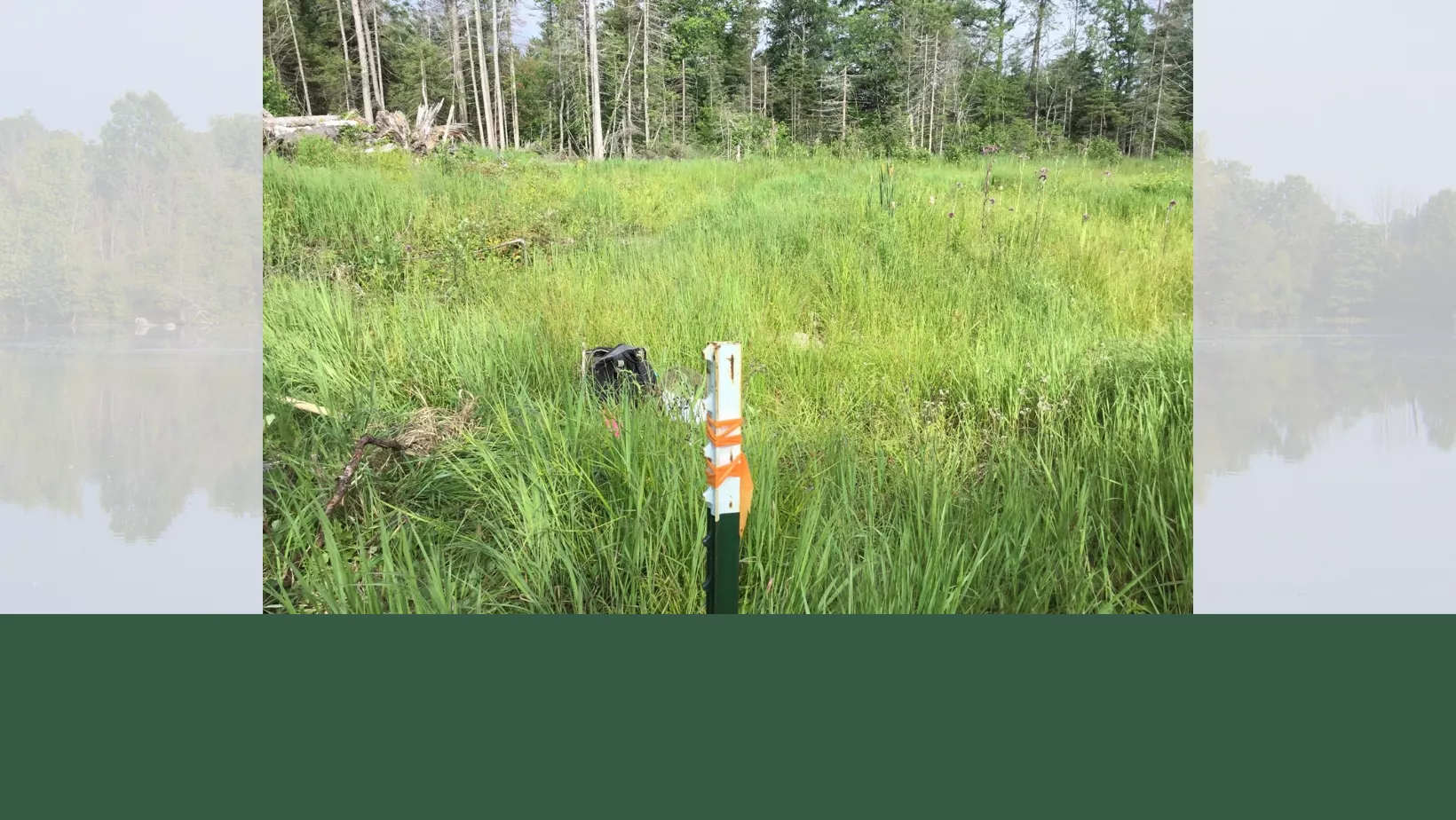Wetland Monitoring
Wetland delineations are a very important step in preserving healthy ecosystems. Wetlands serve as a natural filter for pollutants and nutrients while also improving water quality. While delineations help identify and protect wetlands from harm, they can also be restored to their natural state over a period of time if damaged or destroyed.
Wetland restoration monitoring is performed in a similar way to delineations. A number of permanent plots are staked in the wetland and visited each year. As each year passes, the goal is to observe increasing signs of wetland soil composition, wetland hydrology indicators, and wetland vegetation. Using a compass, soil pits are dug and examined at different degrees each year. Then their locations are flagged for future reference.
Vegetation, soil composition, and hydric indicators are recorded in the field at each plot, and a report is written to document the observations. These results are then compared to each previous year to show that a wetland is returning to its natural state. This will typically include a higher water table and wetter soils, native wetland species starting to become dominant, and soils which may have signs of depletion, sulfur smell, etc.
Restoration projects can take a great amount of time and effort, and they may continue the process naturally beyond the observation timeline that is set. Despite the time required, restoration is still extremely important in protecting ecosystems and our remaining wetlands which are rapidly declining.
-Austin Schoen, Environmental Project Manager







